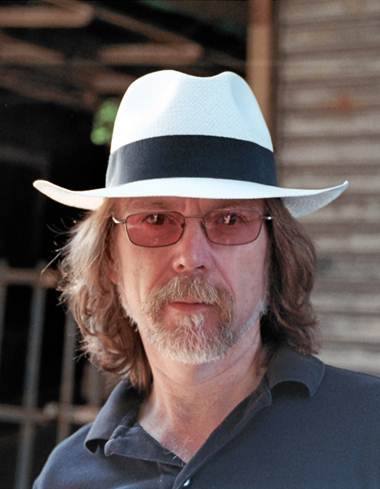
The Institute for Astrophysics and Computational Sciences (IACS), which is housed within The Catholic University of America Department of Physics, is part of a team of universities and educational institutions that was recently awarded a NASA cooperative agreement to establish a new Center for Research and Exploration in Space Science & Technology (CRESST II).

CRESST II will carry out observational, experimental, and theoretical research in support of NASA strategic science missions over the next five years. Projects and research will cover three areas: topics relating to the solar system, stars, and galaxies; the informational systems required to interpret space science data; and the development of new technology to achieve these challenges.
Catholic University researchers will be part of the University Consortium of Astrophysics and Planetary Science (UCAPS), a team consisting of four research institutions, including the University of Maryland, College Park; the University of Maryland, Baltimore County; Howard University; and the Southeastern Universities Research Association (SURA). Tommy Wiklind at the Catholic University physics department will be associate director of CRESST II.
Under this agreement, UCAPS will conduct research collaboratively with scientists within the Goddard Sciences and Exploration Directorate. UCAPS will carry out observational, experimental, and theoretical research in support of NASA’s strategic science mission objectives relating to the study of the solar systems, stars, galaxies and the universe at large.
Their work will support the unique needs for community access to space science data archives and for the analysis of the scientific data from operating and past NASA missions. UCAPS scientists will also be involved in construction and testing of instrumentation for missions as well as the planning and development of technology for future missions.
The initial agreement is valued at $87.3 million for UCAPS for five years, but it may be continued for an additional five years. For its portion of the research, IACS can receive up to $10.47 million toward research budgets and personnel.
Steve Kraemer, chair of the physics department, said the new partnership will allow Catholic University to bring on new research staff at NASA. It will also provide students with research and career opportunities in fields like astrochemistry, solar system research, and the study of other galaxies, as well as astronomical instrumentation that could be used in future space missions. Of particular interest are the opportunities provided by the soon-to-be-launched James Webb Space Telescope.
He believes the award shows that Catholic University’s work with the NASA Goddard Space Flight Center “has not gone unnoticed.”
“This shows they know we can do this work and that we can bring quality researchers in for them,” he said.